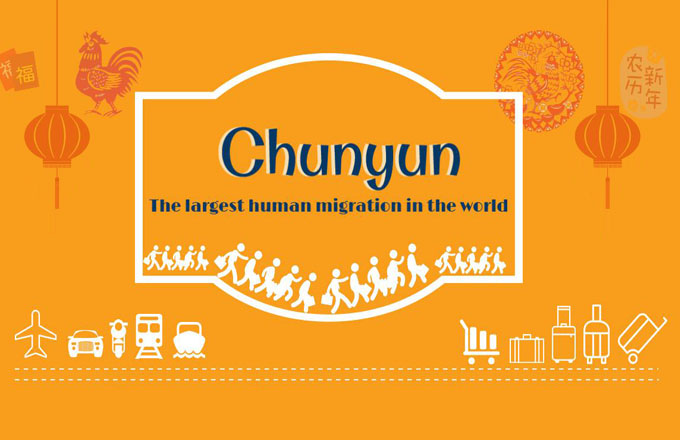Schools improve in China's poor areas
BEIJING -- Seven years ago, the students at Hongban Elementary School baked potatoes and corn cobs over charcoal for lunch.
Recent additions to the school in Southwest China's Guizhou province have changed all that. A kitchen with refrigerators and disinfection equipment help provide nutritious lunches, including rice, vegetables, eggs and meat, for all 137 students each day.
China has worked hard in recent years to promote access to quality education for children in poverty-hit areas. The project reflects the improved school conditions of many children in poor areas mentioned by President Xi Jinping in his New Year speech.
BETTER MEALS
Life is much better for 12-year-old Jiajia than it was for her sister, who also attended Hongban Elementary School, thanks in large part to the nutrition program.
"My sister had to eat either potatoes or nothing," Jiajia said. "I'm luckier and growing taller."
Students like Jiajia are the primary targets of a large-scale program launched in 2011 to address malnutrition among students in remote and poor areas.
The government initially allocated three yuan (0.43 U.S. dollars) a day per student to supplement their diets with nutritious meals. This was increased to four yuan in 2015.
Over the past five years, the program has expanded to cover more than 1,500 counties around China, including the mountainous areas of Guizhou Province where Hongban school is located, benefiting 34 million students.
Prevalence of anemia among the students dropped by 8.9 percentage points from 2012 to 2015, data from the Chinese Center for Disease Control and Prevention show. The students' physical fitness and academic performance have improved along with their nutrition.
BETTER FACILITIES
China has also upgraded facilities in areas with poor school conditions.
"Previously, all we had here was blackboard and chalk. I envied those urban students on TV who could attend classes in multi-media classrooms," said Li Na, an elementary school student from Zhao'an Township in Yan'an in northwest China's Shaanxi Province.
Now each classroom in her school is equipped with projectors, a big LED screen and other technology.
"I'm overjoyed," Li said.
Wang Wenbo, a fifth grader at Chunguang Elementary School, no longer has to study in an old, dilapidated building.
"This new building looks the same as those in big cities," the boy said.
According to a plan released in 2013, the government aims to resolve foundational problems such as the shortage of desks, chairs, dorms and run-down school buildings in poor areas across the country within five years.
Since then, China has completed the construction of 81,000 schools and purchased nearly 17 million sets of desks and chairs and 101 million computers and other equipment.
A kindergarten in Jingbian County of Yulin, the northernmost city in Shaanxi, features a pink two-floor building, a playground, a wading pool, cages for small animals and a few miniature greenhouses for vegetables.
Jingbian County has implemented a tuition-free policy for kindergartners. The county has built or renovated more than 100 kindergartens in an effort to cover the majority of its towns and villages.
Kindergarten enrollment rates for the county are now over 90 percent.
Apart from the improved campus facilities, more educational resources are being used to enrich student life.
In the past three years, Gulniya, a 14-year-old girl of the Kirgiz ethnic group, has learned how to use a computer, paint and dance with her classmates in a small village in Xinjiang Uygur Autonomous Region.
Gulniya can now play the electronic keyboard, something she had only seen on TV before.
"My dream is to become a Mandarin Chinese teacher," she said.


















